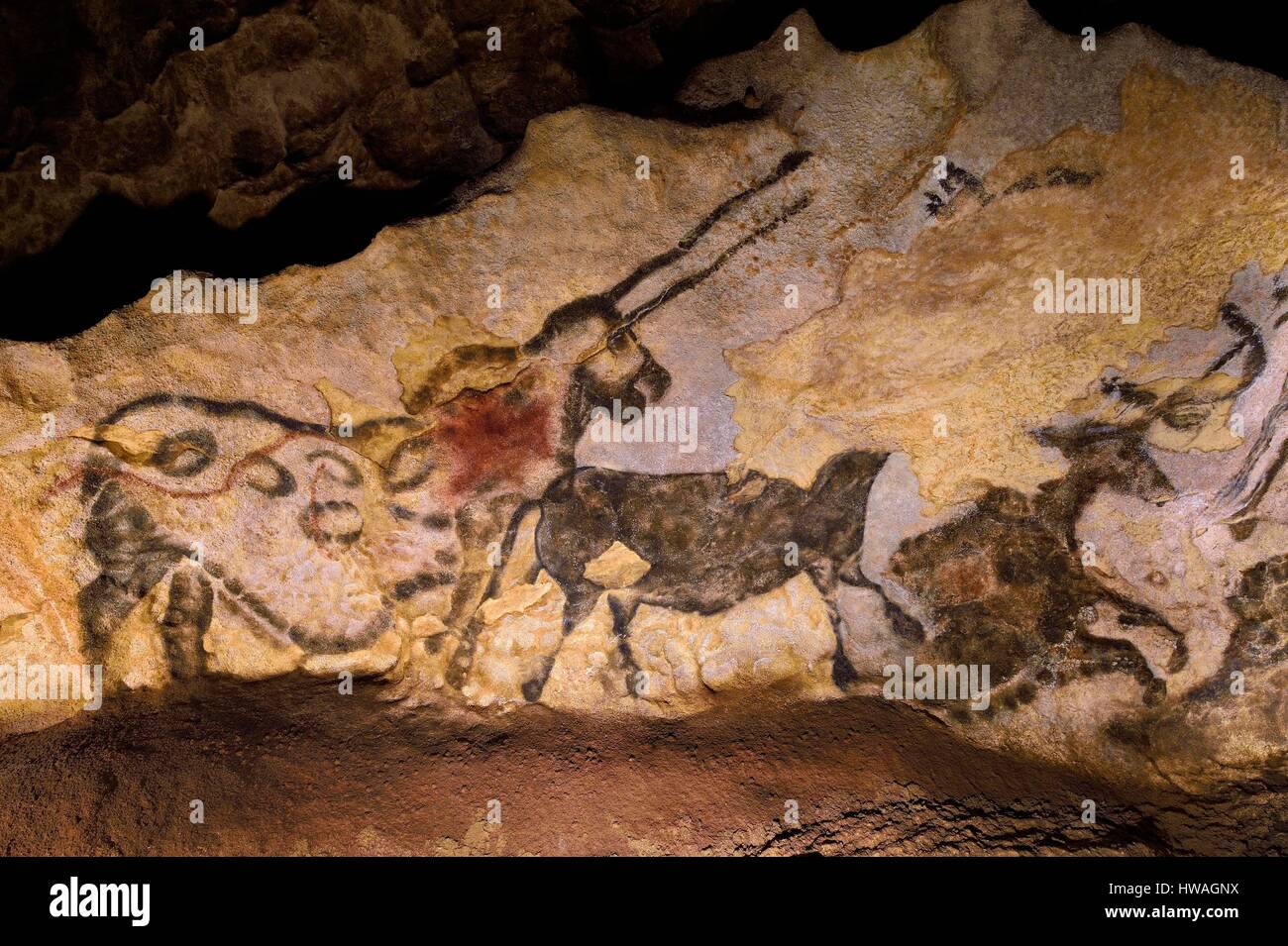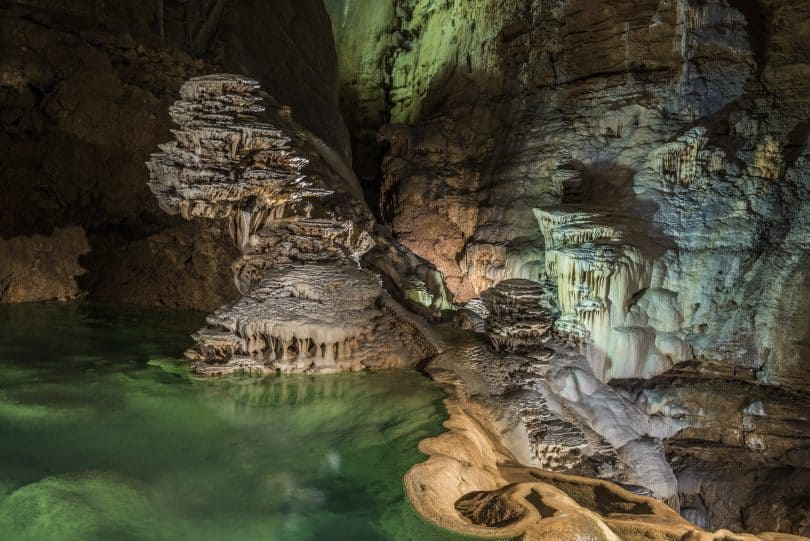

Although perhaps not as 'prehistoric' as other of the Dordogne's marvels, the remains of the troglodyte abbey make a fascinating trip especially during the night-time visits.

Used by monks to worship in the 8th century, Brantôme's original Benedictine monastery was settled in the cave dwellings and were left with remarkable carvings of The Last Judgement. The cave is also home to one of the most i mportant bat colonies in Europe which can be seen at certain times of the year. This little stop off is great for early risers before the breeze picks up.Īlthough the cave is relatively smaller than others in the Dordogne Valley, its complex calcite formations, palaeontological heritage, kids excavation workshops and mini caving expeditions largely compensate for its more modest size. Once you've finished up in La Roque Saint-Christophe, drive a couple of minutes upstream to the Pas du Miroir or Reflection Rock, a viewpoint on the ledge of a cliff where the calm water flowing underneath is renownedly silky and reflective compared to the rest of the river.

The great monolithic staircase leading to the top terrace and the replica winches and cranes recreated in honour of La Roque Saint-Christophe's pioneering medieval builders are two of the key sights. These water eroded cavities where inhabited by Neanderthal men and by the Middle Ages were later developed into a village with numerous fortifications and half-timbered buildings.Īlthough the Hundred Years' War saw the better of these rock shelters, remains of steps and passages linking the buildings as well stone hooks to tether animals help visitors to imagine what life was like in this thriving medieval cliff-side town.

Situated on the south bank of the Vézère River, this large prehistoric complex boasts five different levels and 100 troglodyte houses used to shelter up to a thousand people between the 6th and 16th centuries. What is 3,281 feet long, 262 high, 55,000 years old and the biggest cave dwelling in Europe? The definitive guide to fishing in the Dordogne Valley.Beaulieu-sur-Dordogne Strawberry Festival.Rocamadour Classical Sacred Music Festival.Beers and Spirits made in the Dordogne Valley.In the Black Perigord, the original distinction between habitation sites on one hand and decorated caves on the other – two distinct sets of spaces – is the result of a combination of basically geological events connected with the formation of landscapes, the erosion of the cliffs and the filling-in of the valley floors. On the other hand, in the valley of the Beune, the Vézère's main tributary, the terraced form of the cliff faces makes access much easier. In the Vézère valley, these caves are either very high-up and difficult to access, or they have been destroyed by erosion, which explains why so few caves have been recorded. At the top of the cliffs, there is a highly karstified level, which was the origin of a great many caves – some 85% of the caves in the region are here, and more than 400 caves have been inventoried. The incision runs all along the Vézère valley, but disappears beneath Holocene-era sedimentary deposits in the valleys of the Vézère's tributaries. The result was the creation of a long horizontal incision in the cliffs, where humans could find shelter. In the lower part of these formations there is a very porous level, which became even more hollowed-out through repeated freezing and thawing. The area was profoundly affected by two geological phenomena connected with natural rock fissures that formed both shelters and caves. The strata in the cliffs in the Perigord, and especially those in the Vézère valley, were formed during the Upper Coniancian and Lower Santonian stages.


 0 kommentar(er)
0 kommentar(er)
